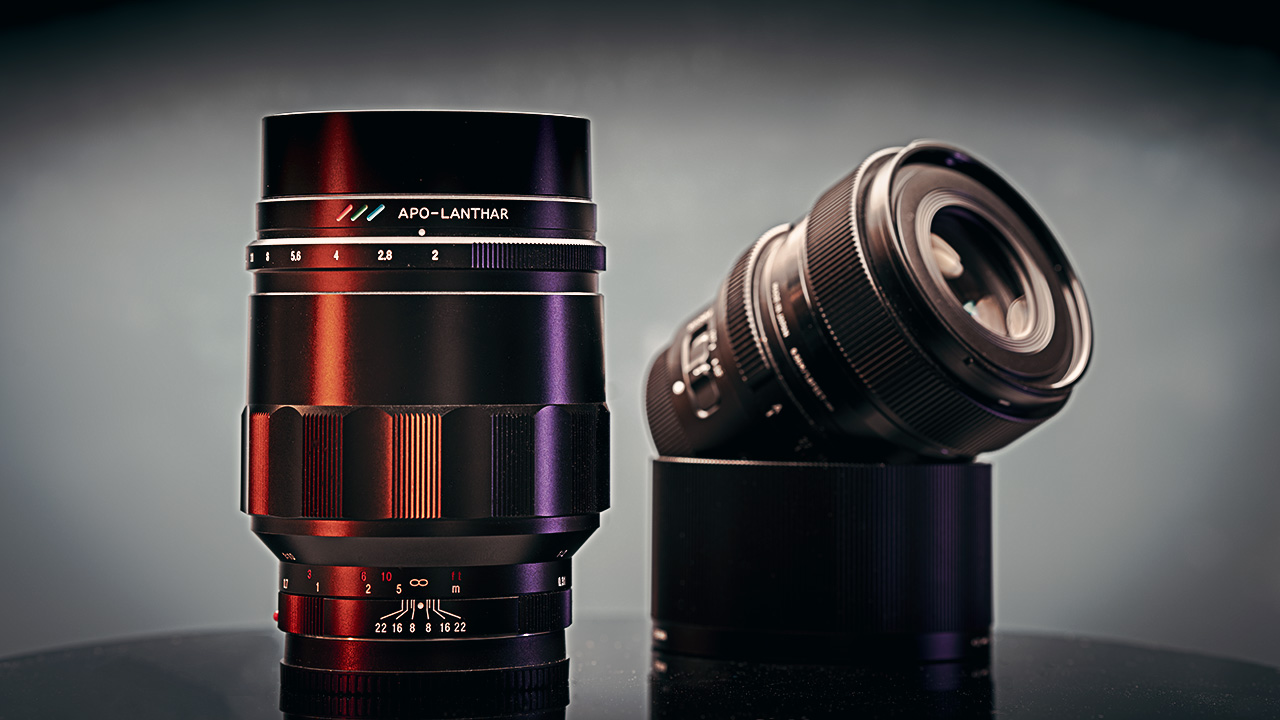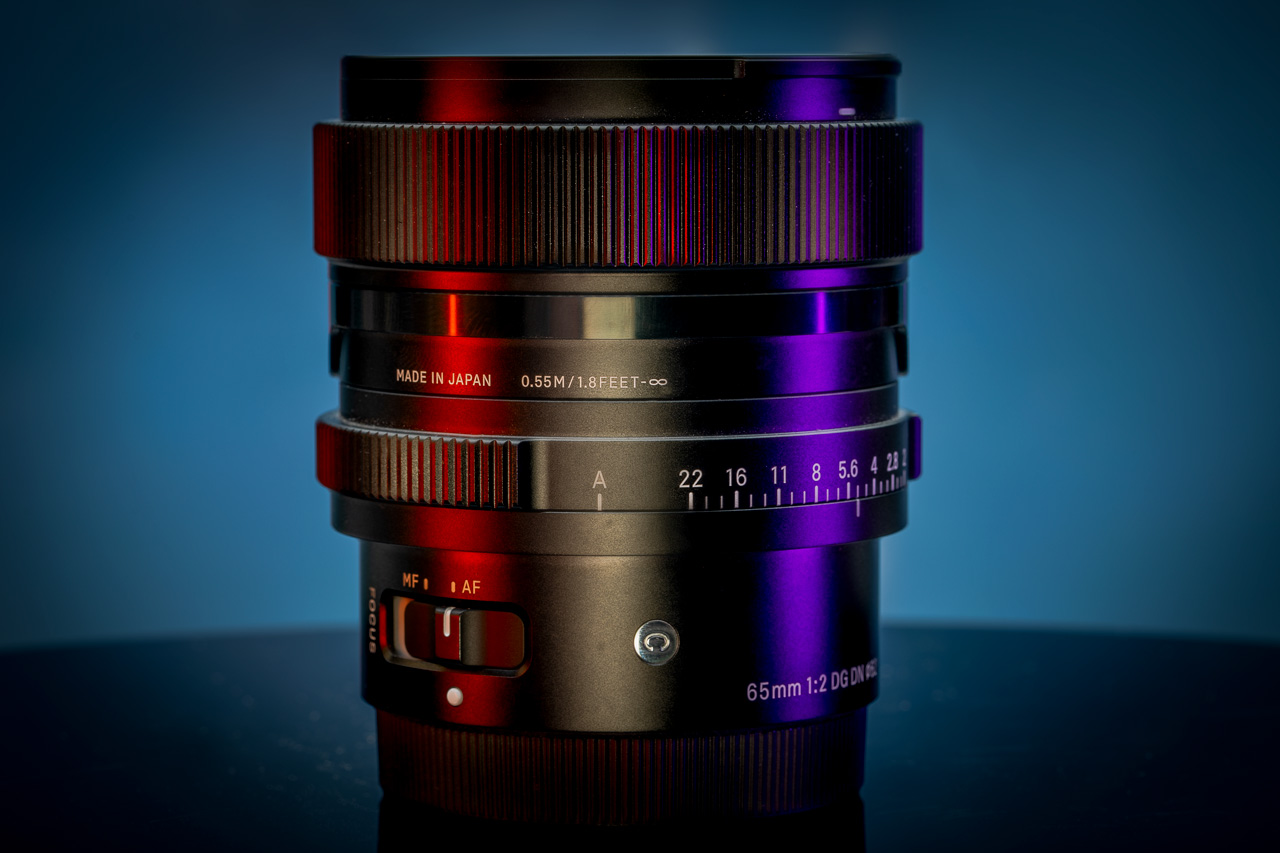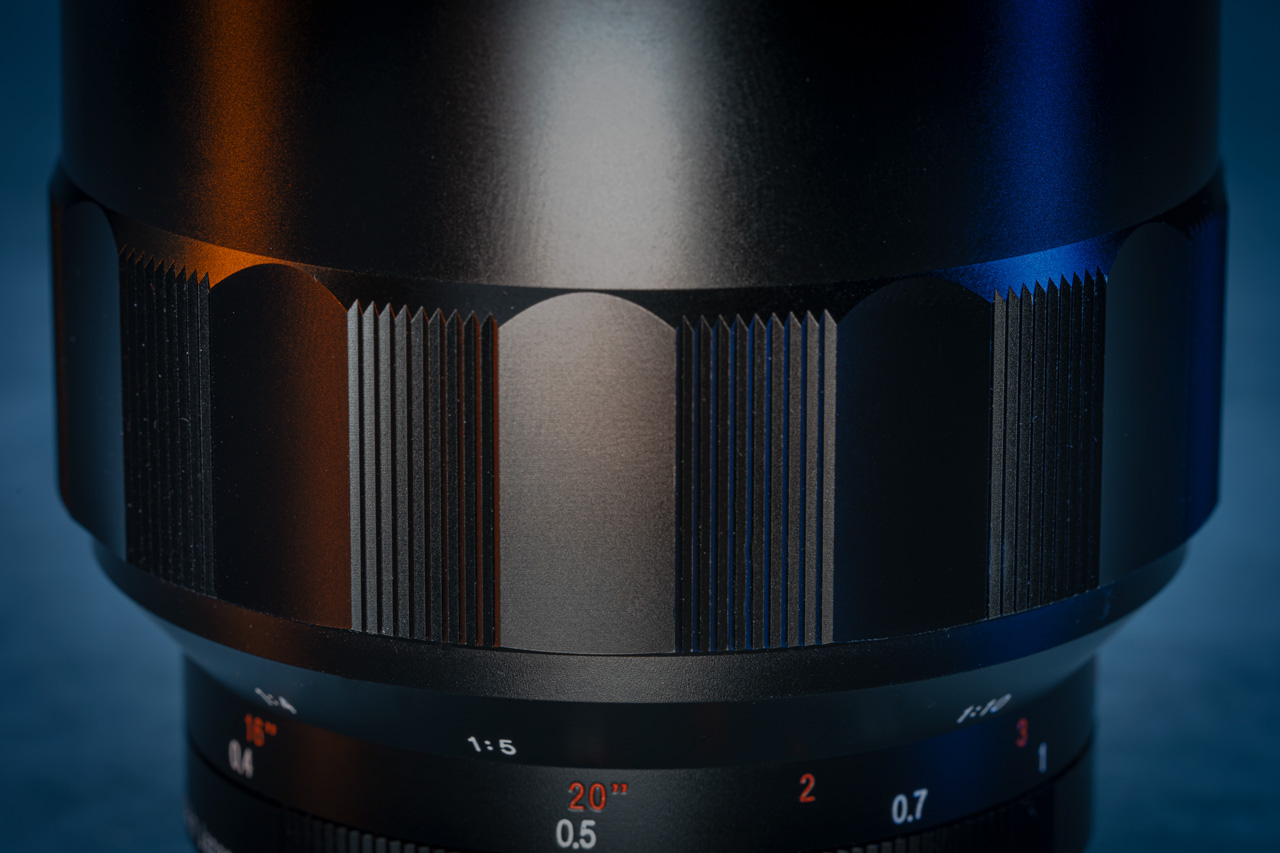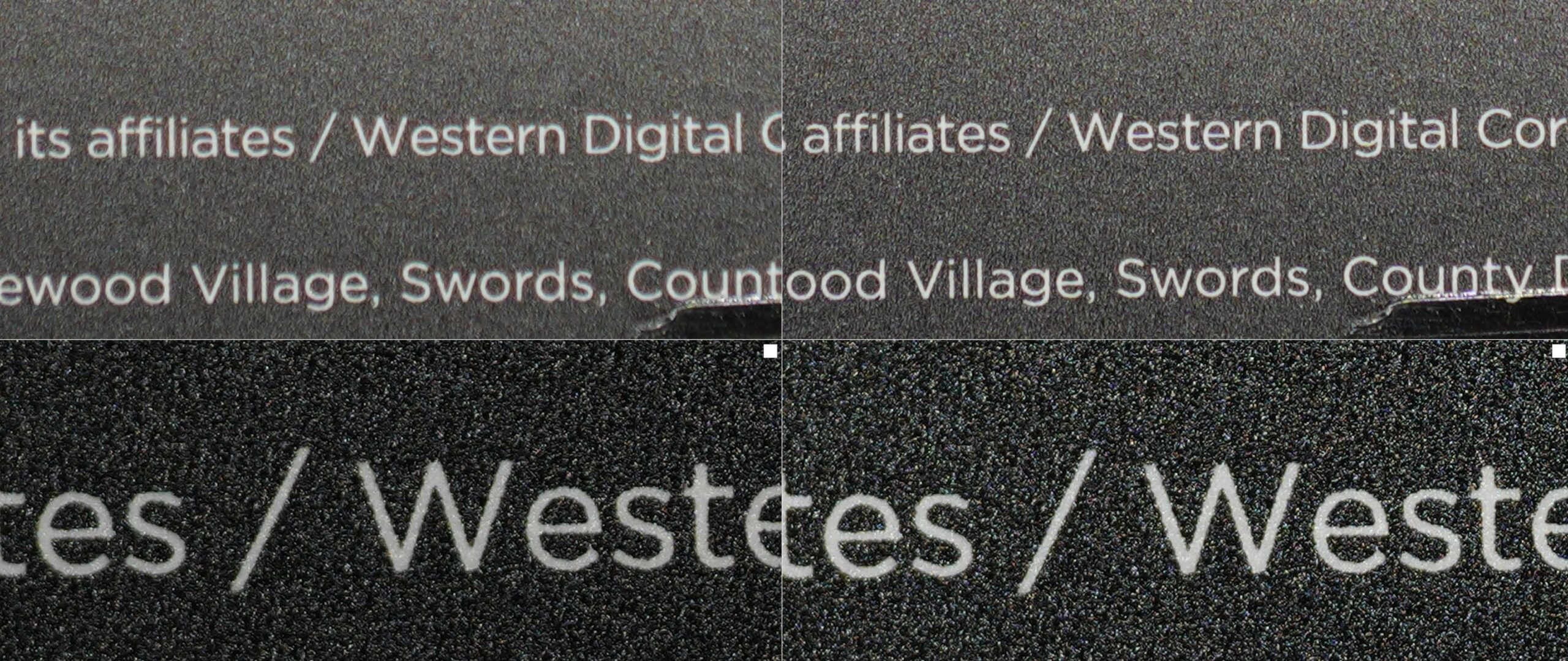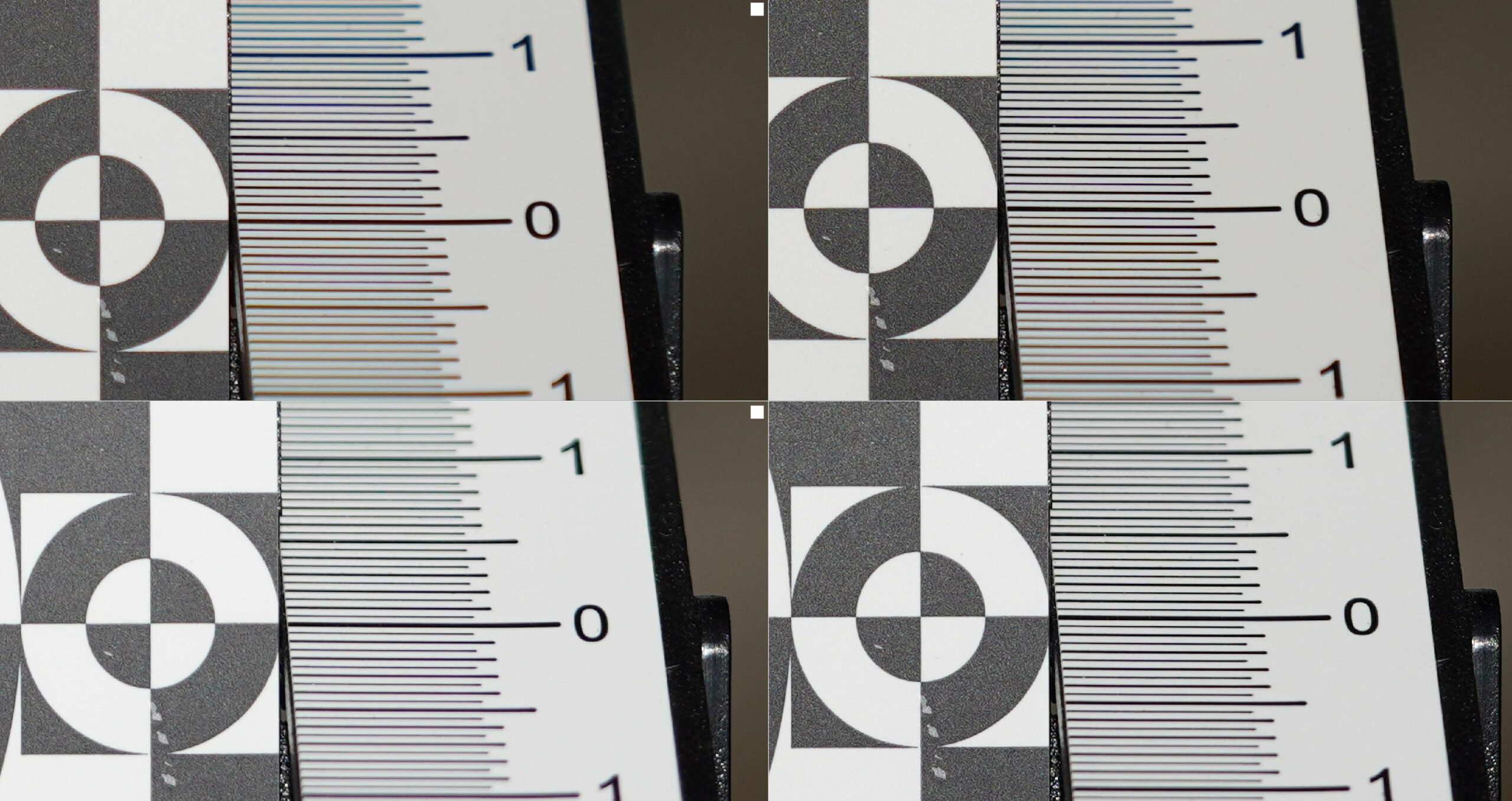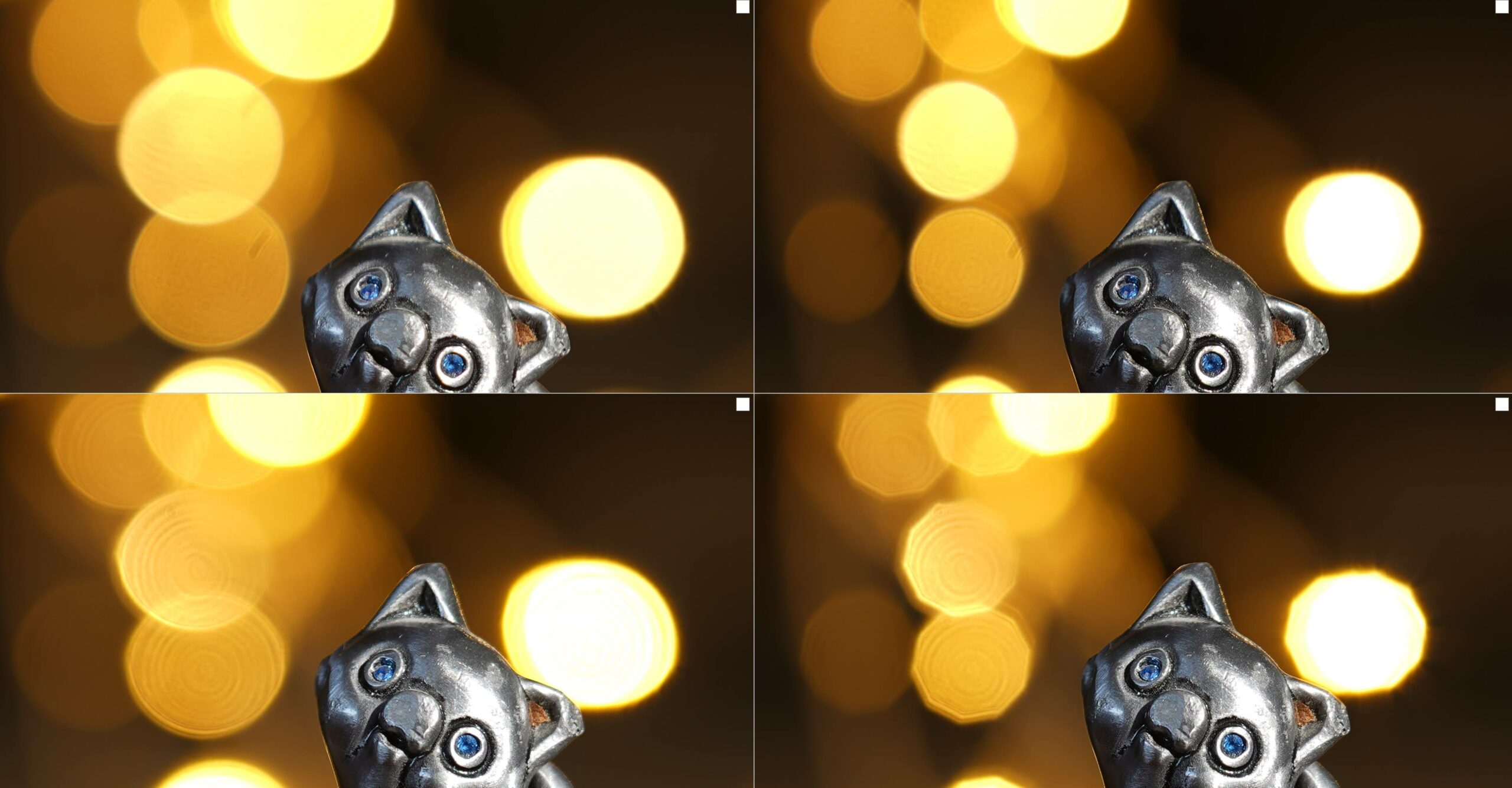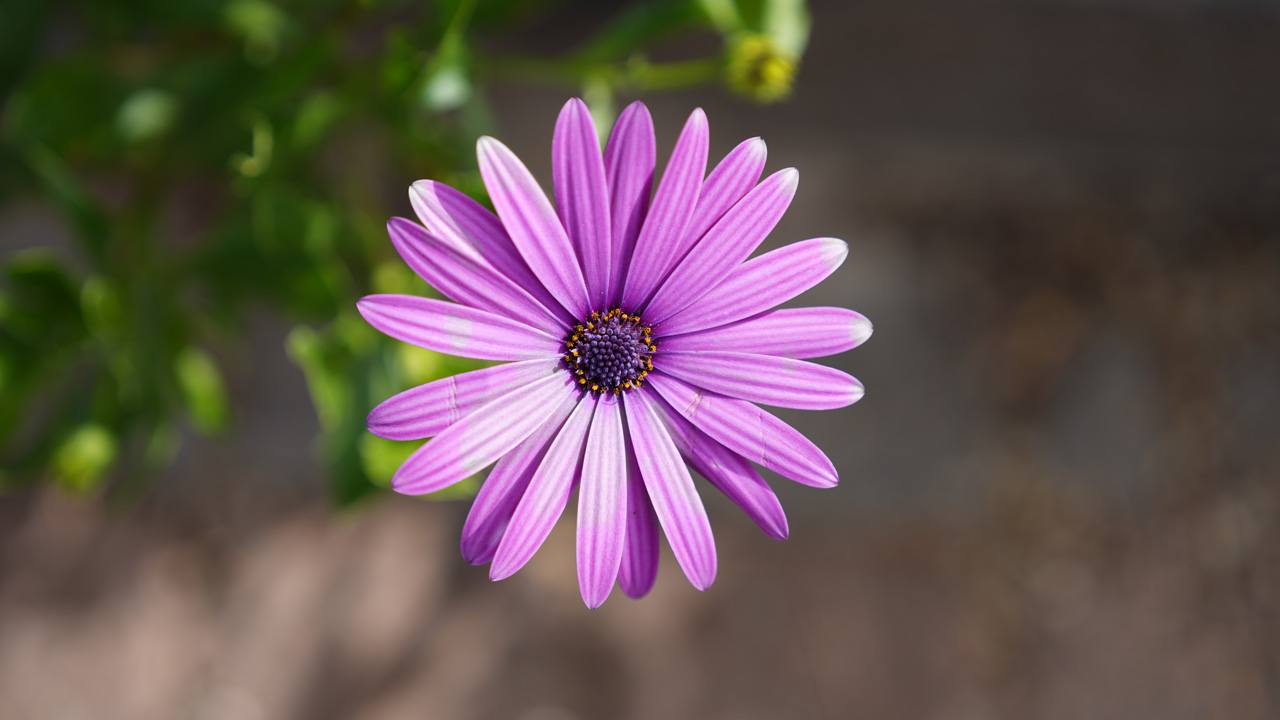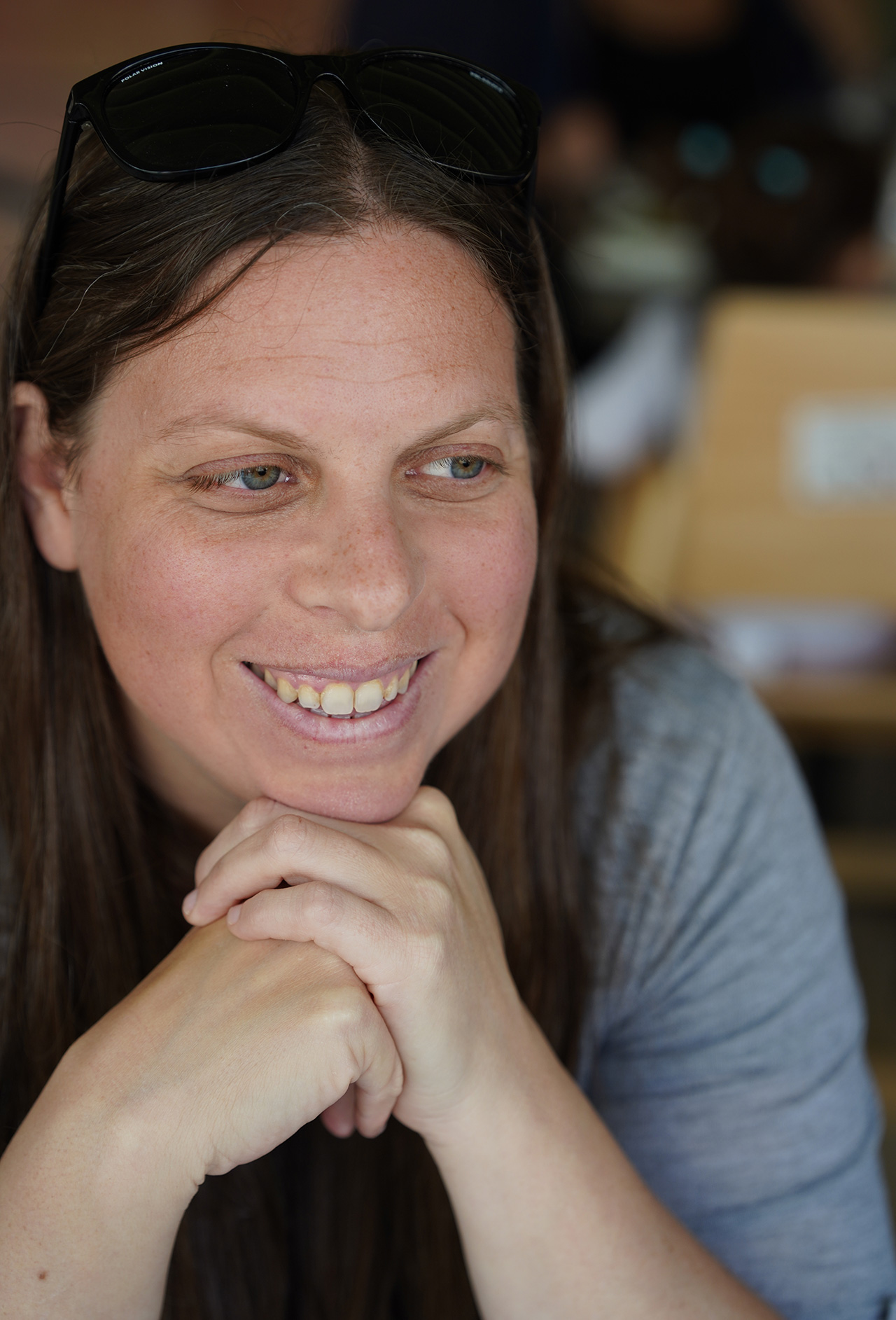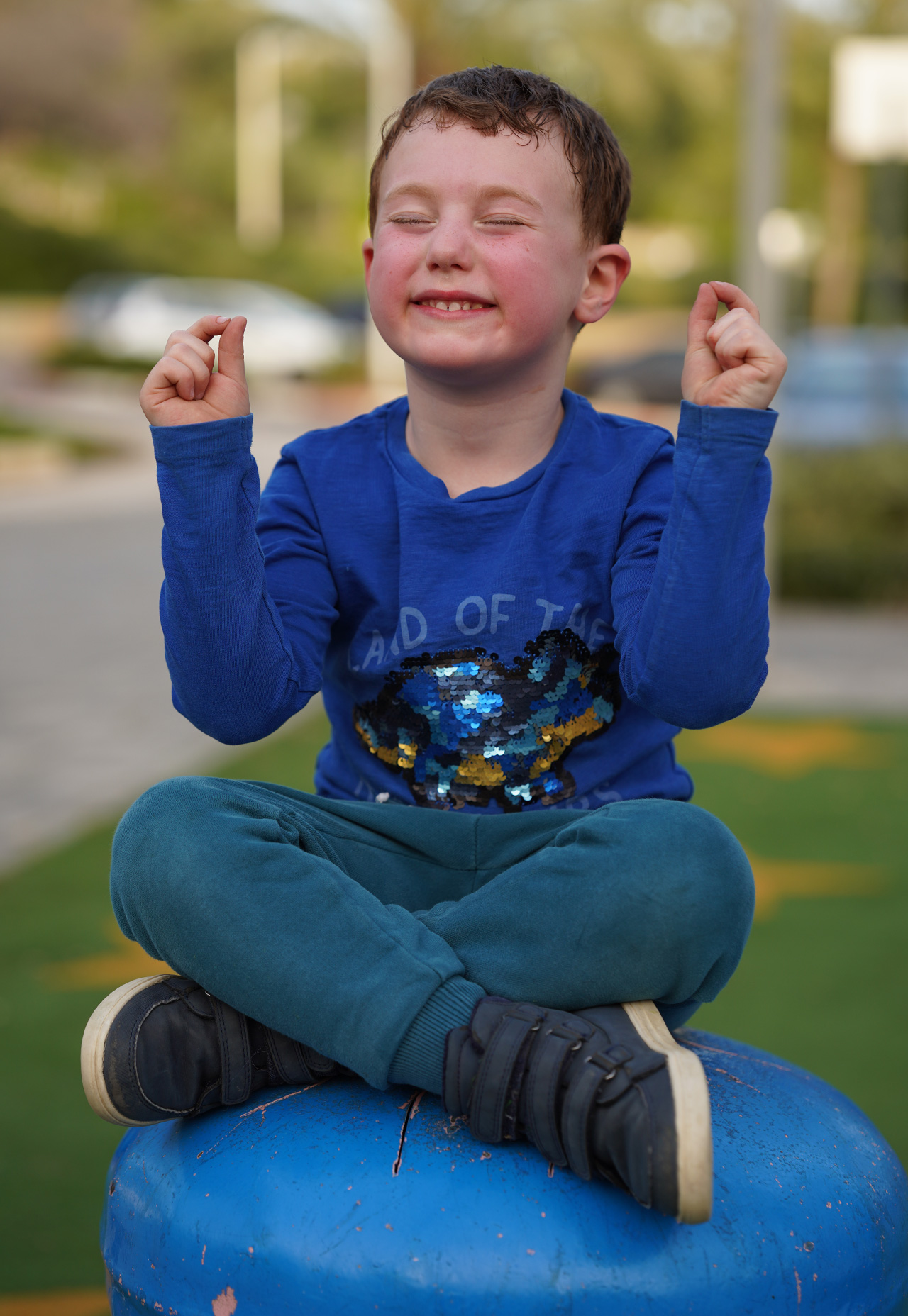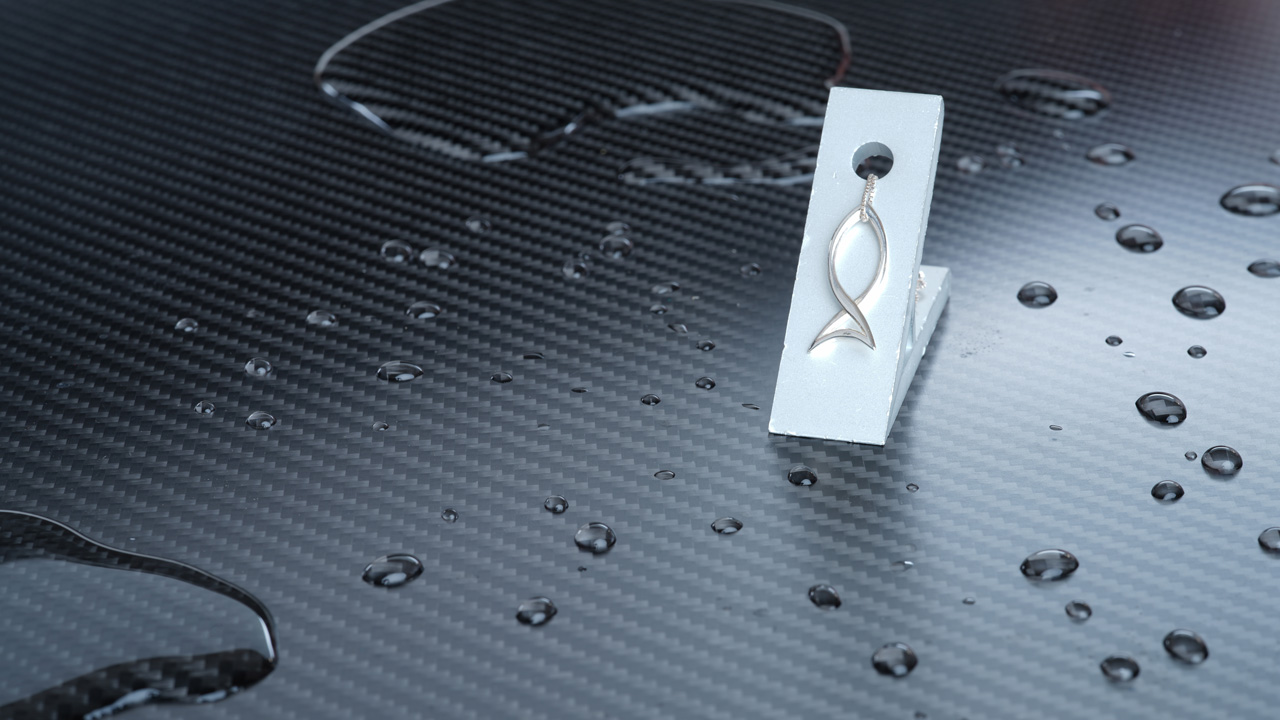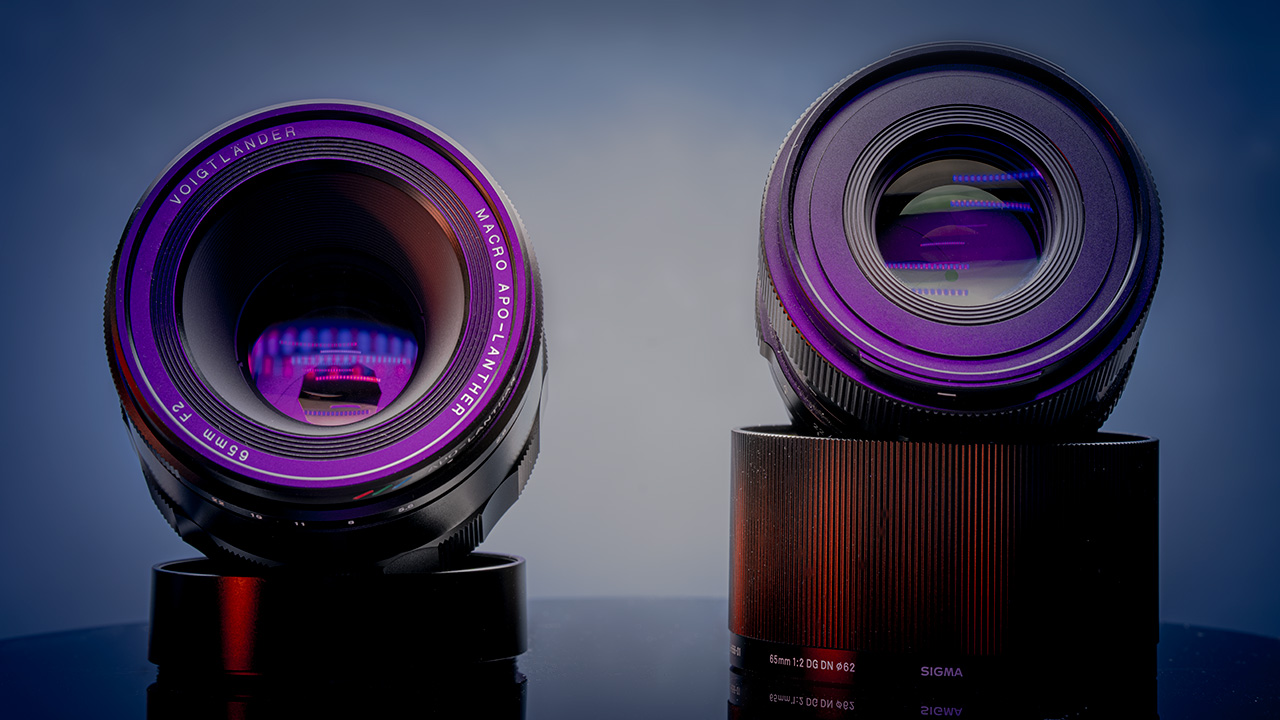Today we are taking a look at two 65mm f/2 lenses that might have the same focal length and aperture, but are otherwise very different and intended for different target audiences.
These inherent differences make this more of a dual review than a proper comparison and this is how you should think of our results as well.
Before we start, a word about naming. German photographer Maximilian Heinrich from the YouTube channel Analog Insights published a fantastic video not too long ago where he mentioned that he as a Native German speaker who has the English Channel was accused of mispronouncing German brand names when speaking in English.
The Voigtländer 65mm F2 and Sigma 65mm F2 DG DN lenses
So, he made an entire video pronouncing German camera and lens brands correctly, and here is the short bit about the brand we are dealing with in this video (see video 02:00).
You should really watch his entire video, and even if you are a native German speaker (and we have quite a few of you as our subscribers), you might learn about one or two German brands you never heard about, we certainly did.
Anyway, from now on and until the conclusion where I will probably miss pronounce the German brand name again, I will just mention the lens as the “V lens” for short.
Now for the review. As we typically do, we shall start with the design and build before we move over to performance and give you our final verdict.
Build and design
Optical Design
The Voigtländer has 10 elements in 8 groups with an apochromatic correction (which corrects for chromatic aberrations).
The Sigma has a more complex structure with 12 elements in 9 groups including a single SLD and two aspherical elements.
Materials
Both lenses are made of metal and seem to present the highest level of material craftsmanship their respected manufacturers reached to date.
We do not typically discuss aesthetics when it comes to lenses as this is a subjective topic, but to us, both lenses look and feel fantastic.
We adore the very unique design of the Voigtländer lens and the Sigma is part of the I series of lenses which includes the 45mm f/2.8 which we reviewed back in 2019 and has the same combination of a retro and modern look which we really love.
Size and weight
When it comes to weight the Voigtländer sets the scale at close to 650g (close to 23oz). while the Sigma is about 476g (16.7oz).
Without the hood, the Sigma is just over 8cm long and the Voigtländer is about 9.5cm long. However, with the hood, the Sigma is a bit longer at 12cm compared to about 11.5cm of the Voigtländer.
On the other hand, while the Sigma has an internal focusing mechanism the Voigtländer extends quite significantly to over 15cm (with the hood).
This is maybe the only aspect of the lens that we don’t really care for as it means that the distance of the front element to the subject changes when you focus and this is not something that you might want with a close-up lens in some situations.
To be fair, quite a few 60-70mm macro lenses also extend including the Sigma 70mm macro or the 7Artisans 60mm f/2.8 Macro lens although that one is an APS-C design. However, there are 60mm macro lenses that don’t extend like the older Nikon AF-S Micro NIKKOR 60mm f/2.8G ED, so it can be done.
The Sigma 65mm F2 DG DN E-mount version
Rings
Both lenses include focus and aperture rings. The Voigtländer has a very special design for its focus ring with both smooth and grooved parts close to the mount which gives better stability in our view.
The Sigma has the focus ring closer to the front of the lens and unlike the Voigtländer it is a fly-by-wire design with no hard stops. The Voigtländer on the other hand has a focus throw of about 300 degrees which is not uncommon for high-end close focus lenses of its type.
The feel of the focus ring on the Voigtländer is really solid with very nice resistance, the Sigma is very good as well in this respect but maybe not quite at the same level as the Voigtländer.
When it comes to the aperture ring things are very much the opposite. The Sigma has one of the best clickable rings that we have used on any lens. The Voigtländer is O.K. but changing the aperture is not quite as satisfying.
Both lenses move in 1/3 stop increments and both do not have a de-clicked mode for smooth aperture change for video which is unfortunate. The Voigtländer is probably a bit better in this respect as the aperture change is less auditable.
The Sigma does have an Automatic mode for the aperture which is a nice extra if you want to change the aperture from the camera.
A close up of the unique looking focus ring on the Voigtländer 65mm f/2 lens
Buttons and switches
The Voigtländer has a clean design with no buttons or switches.
The Sigma has a single AF/MF switch.
Sealing
Only the Sigma includes a sealing in the mount against dust and light rain (it is very minimalistic though and we didn’t have a chance to test how functional it is).
Mount
The Voigtländer only comes in E-mount and unlike most manual focus lenses on the market it does transmit EXIF and aperture data to the camera and also zoom in to magnify automatically when focusing on our A7R IV which is extremely useful and we could only wish all manufacturers who make 3’rd party manual focus lenses will do the same.
The Sigma comes in E or L mounts. The back element for both lenses is quite recessed.
Hood
The Voigtländer has a small screw-in metal hood. You might think that it offers little physical and direct light protection but since the front element is very recessed, we never had any issues.
The Sigma also has a metal hood which is deeper and very well made (both have groves on the inside) but it has a more conventional twist type lock.
Aperture
The Voigtländer has a 10-blade aperture design.
The Sigma has a 9 bladed aperture.
Filter
The Voigtländer has a 67mm filter thread. Since the lens has a screw-in type hood you can choose to put the filter behind or in front of the hood if you like (behind seems more protective to us).
The Sigma has a 62mm front filter thread.
Performance
Auto Focus
The Voigtländer is a manual focus lens however as we mentioned it does pass EXIF and data to the camera so focusing, for example, is faster than on fully manual lenses.
The Sigma has a fast-stepping AF motor. You can see a little bit of how it performs in our video, in general, it is pretty quick and accurate but it does hunt a little on occasion and if you are really close you can hear the motor moving.
In our opinion this is not on the same level as the AF motor on really outstanding Sigma 85mm f/1.4 lens which is way up there with Sony’s own bets AF motors, however, it is still very useful in most situations.
Sharpness
As we normally do, we tested the sharpness of both lenses using our special large professional Imatest high-end chart.
In the center wide open the Voigtländer is sharp and closing down to f/2.8 improves the image even more and there is not much room for improvement at f/4 and beyond.
The Voigtländer 65mm F/2 center sharpness: top left f/2, top right f/2.8, bottom left f/4, bottom right f/5.6
The corners show a slightly different story – f/2 and f/2.8 are fairly sharp but at f/4 and f/5.6 you really see how sharp this lens gets.
The Voigtländer 65mm F/2 corner sharpness: top left f/2, top right f/2.8, bottom left f/4, bottom right f/5.6
The Sigma actually surprised us in this test with very sharp results even wide open and slightly better at f/2.8 in the center on par with the Voigtländer.
The Sigma 65mm F/2 center sharpness: top left f/2, top right f/2.8, bottom left f/4, bottom right f/5.6
The corners are not quite on the same level of sharpness. They are fairly soft up to f/4 and really improve at around f/5.6.
The Sigma 65mm F/2 corner sharpness: top left f/2, top right f/2.8, bottom left f/4, bottom right f/5.6
Minimum focus distance (sharpness close up)
The Voigtländer can be considered a macro lens, although if you want to get technical, true macro lenses have a reproduction ratio of 1:1 or up, while the Voigtländer lens has “only” a 1:2 macro reproduction ratio.
In practice, however, it is a fantastically useful close focus lens for food, products, and fine details. It might not be enough for avid insect shooters but for commercial work it has been our go-to lens for the past year despite having the fantastic Sony 90mm f/2.8 Macro lens in our arsenal as well.
When it comes to numbers the Voigtländer has a close-up distance of just over 30cm from the sensor plane according to our measurement (the official number is 31cm) and about 14cm from the front of the lens (with the small hood).
The Sigma is not a macro or a close focus lens as indicated by its 51cm minimum focus distance in our MF test. The official number is actually 55cm which seems to be true for AF so you do gain a bit by using MF. The macro magnification ratio of the Sigma is 1:6.8 so again, this is clearly not a macro lens.
You can see the huge difference in magnification right away in our test. The sharpness in the center of the frame wide open with the Voigtländer is outstanding. The Sigma not so much, although it improves at f/2.8 so close down if you want decent sharpness close up.
Min distance sharpness test – top left Sigma 65mm @f/2; top right Sigma 65mm @f/2.8; bottom left Voigtländer @f/2; bottom right Voigtländer @f/2.8
Breathing
Both lenses seem to exhibit a lot of breathing when focusing so this is something to keep in mind if you consider shooting video with any of these lenses.
Chromatic Aberrations
When it comes to CA the Sigma really impressed us with no visible longitudinal chromatic aberrations wide open. The Voigtländer also performed very well but we have to give this one to Sigma.
CA test – top left Sigma 65mm @f/2; top right Sigma 65mm @f/2.8; bottom left Voigtländer @f/2; bottom right Voigtländer @f/2.8
Flare
Our flare results are interesting. It seems that the flare on the Voigtländer is much more controlled however the Sigma has a really nice flare wide open which feels almost cinematic.
Vignette
Maybe the biggest optical drawback of the Voigtländer has to do with the vignette. At f/2 there is a lot of corner darkening almost to the center of the frame. f/2.8 is better but only at f/4, we see good results with f/5.6 clearing almost everything.
The Voigtländer 65mm F/2 vignette: top left f/2, top right f/2.8, bottom left f/4, bottom right f/5.6
The Sigma looks much better even at f/2 it is much better and at f/2.8 the lens looks pretty great with slight improvement from there on (all of these results are of course with the lens correction turned off in the camera).
The Sigma 65mm F/2 vignette: top left f/2, top right f/2.8, bottom left f/4, bottom right f/5.6
Barrel distortion
The Voigtländer might have a very minimal pincushion distortion.
The Sigma on the other hand has a very visible pincushion – just look at the lower and top parts of the frame.
Bokeh
The Bokeh shows some interesting differences. The Sigma shows nice circular bokeh balls in the center which are relatively clean wide open. The Voigtländer has a lot of onion rings and when closing down to f/2.8 you can already clearly see the 10 bladed aperture.
Bokeh test – top left Sigma 65mm @f/2; top right Sigma 65mm @f/2.8; bottom left Voigtländer @f/2; bottom right Voigtländer @f/2.8
Sample images
We took a lot of images with both lenses over the past couple of months using our Sony A7R IV. Mostly in our studio but a few outdoors as well and you can see some of our results here (the Voigtländer has been our close focus of choice for over six months now so a great deal of the b-rolls on this channel was shot with it during this time).
Sigma samples (unedited aside from cropping)
A number of commercial shots (these are the pre-edited images, the bear had slight tweaks) taken with the Voigtländer 65mm f/2
Conclusion
This has been one of the longest lens reviews that we have done in a while and it was very interesting indeed.
Both lenses seem to have clear strong points with a small number of weaknesses. The Sigma is the more general-purpose lens with a focal range that is just between the “normal” 50mm and the longer 85mm portrait lenses.
It is small and compact, has fantastic build quality, and has very strong performance especially in stills in the center of the frame with really outstanding sharpness.
It has very few weak points other than breathing, pincushion distortion, and less than impressive close-up performance. Its AF while good, is not the best that Sigma has to offer based on our experience.
Both lenses: lots of pros and a few cons
The Voigtländer is a very different lens. It is also extremely well built with a very unique design, manual but with full communication to the camera which we really love. It has a sharpness performance that is higher than almost any other lens that we have ever tested and fantastic close-up capabilities even though it is not a “true” macro lens.
On the downside it also suffers from breathing, its bokeh balls are full of onion rings but more than anything it has a ton of vignette when not corrected in camera or post.
Despite these shortcomings we adore this lens and after working with it for close to a year we would not trade it for anything else (even not the great Sony 90mm macro lens which we also own mostly because of the focal length).
A note for the people behind the Voigtländer lens: We know that there is also a 110mm f/2.5 macro lens for Sony (which according to other reviews is on par with this lens). We would really like to see two wider angle macro lenses from this series, possibly 25mm and 40mm designs. These are very much missing from the E-mount lineup at the moment.
Pricing
We would categorize both lenses as professional-level glass and they are certainly priced accordingly. The Sigma will set you back about $700 while the Voigtländer sells for just under $950. This is certainly not a small amount of money but our lens already paid for itself and then some.
You can check out more LensVid exclusive articles and reviews on the following link.

You can support LensVid by shopping with our affiliate partners
Affiliates: Amazon, B&H, Adorama and E-bay.
Why should you trust us?